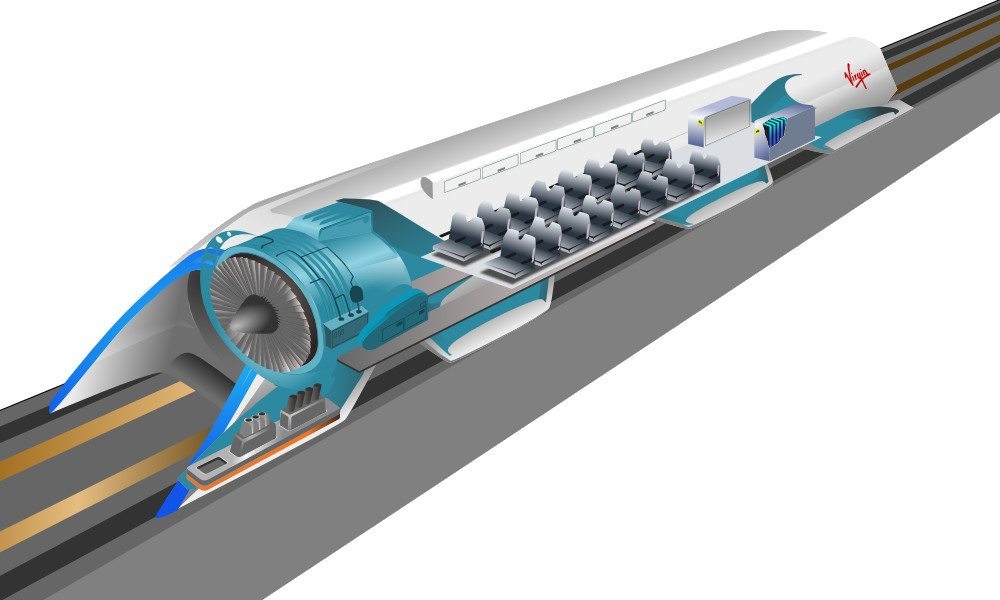Elon Musk’s Famous Hyperloop Concept Backed by Independent Companies

Toggle Dark Mode
Visionary Tesla Motors and SpaceX CEO Elon Musk has a dream: the hyperloop. And that dream is slowly becoming a reality.
The hyperloop is the brainchild of Musk, and is a method of transporting goods and passengers in tubes using pneumatic propulsion.
SpaceX, Musk’s aeronautics and space exploration company, debuted the idea in 2013 in a 58-page document that contained theoretical designs and planned Hyperloop routes.
“The hyperloop is … in my opinion, the right solution for the specific case of high-traffic city pairs that are less than about 1500 km or 900 miles apart,” Musk said in the paper.
Last year, SpaceX announced a competition, aimed at universities and independent engineering teams, to design and build the best hyperloop pod, according to SpaceX’s website.
But interestingly enough, Musk and SpaceX decided not to pursue the project directly, instead hoping that other would pick up the open-source idea.
And several companies did.
One of the companies, the Los Angeles-based Hyperloop One, has raised more than $90 million to put toward the project, according to CNET.
CNET reports that Hyperloop One is staying true to Musk’s general idea, but is innovating with a wider pod design and magnetic levitation.
Rival company Hyperloop Transportation Technologies has even bigger dreams for the tech: they hope to replace subway systems altogether.
The company announced last year that they would build a prototype in central California. HTT said the five-mile experimental hyperloop would be open by late 2018, CNET reports.
But while the hyperloop has its advocates — who say the hyperloop could shorten travel times and reduce costs — the idea also has skeptics.
Analyst Robert Puentes of the Brookings Institute, for example, said that the tech will have trouble in the real world — and that the costs will likely be higher than expected, according to CNET.
Other supposed problems with the track include the fact that straight tracks are expensive to build — and tracks that curve around obstacles could be “barf rides,” mathematician Alon Levy told CNET.
But Musk, and the companies that have taken on his idea, aren’t giving up hope yet.
“Feedback is desired from the community that can help advance the hyperloop design and bring it from concept to reality,” Musk wrote in the 2013 essay.






